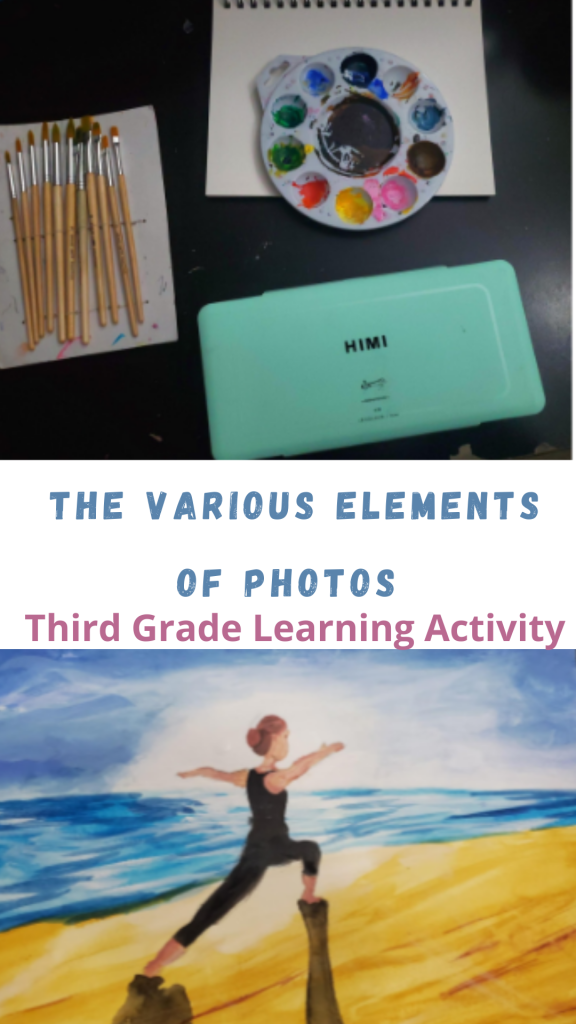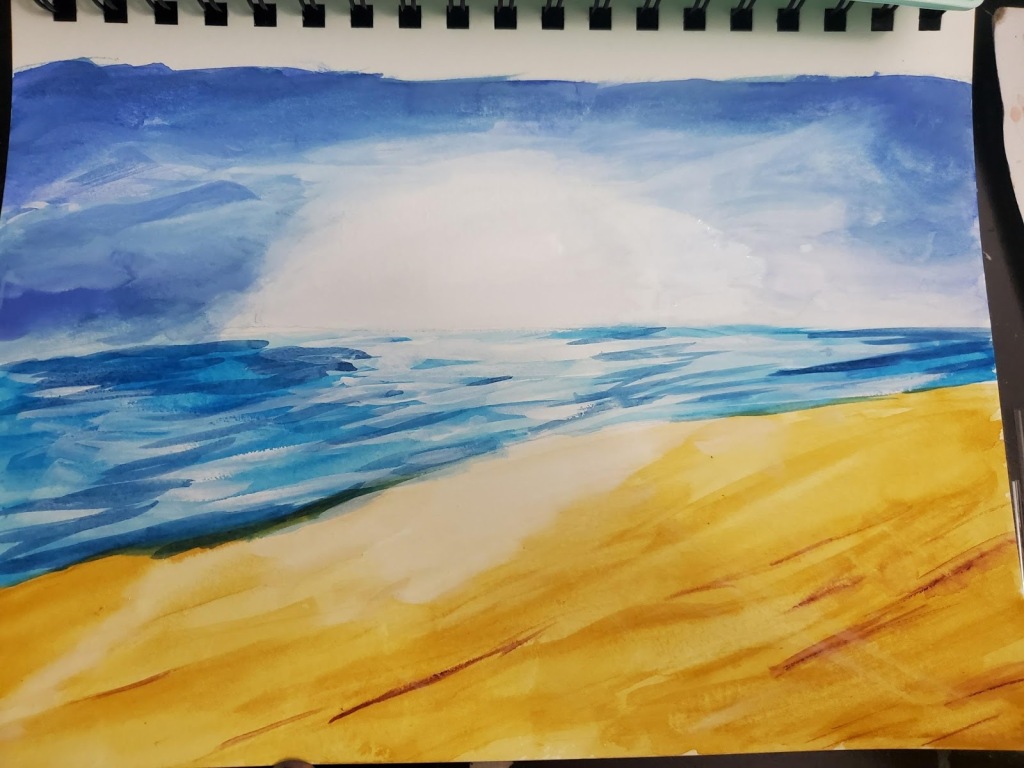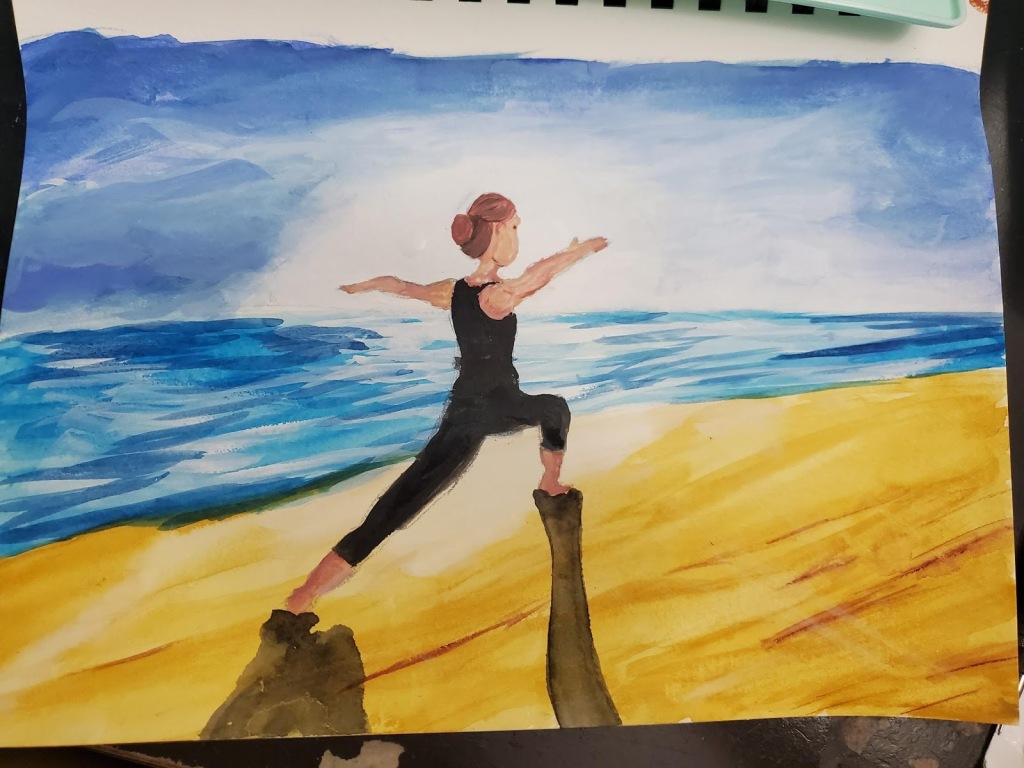
Hello everyone! My name is Sydney!
I’m a sophomore in college and I love to help the community by volunteering and outreach. My goal is to inspire creativity and a love for learning with my activities. Hope you (the reader) enjoys!
By working backwards from an author’s perspectives, students will be able to understand nuances in images and how different settings can bring about an entirely different interpretation. Students will be able to see how the colors of a piece can determine the mood and how expressions can change the entire scene. They will be able to make more inferences based on their drawing and further understand the piece as a whole.
This will meet the Arizona Common Core standard 3.RL.7, by teaching students to explain how specific aspects of a text’s illustrations contribute to what is conveyed by the words in a story (e.g., create mood, emphasize aspects of a character or setting).
What you will need:
● Provided template
● Piece of cardboard
● Clear tape
● Glue
● Scissors
● String/yarn ● Pencil

- Paints (or whatever art supply in the house)
- Paper (something to paint/ draw on)
- More Paper (to write on)
- Creativity
Directions:
- Write a very vague sentence with characters and a setting.
a. EX: A woman is on the beach.
2. Then painting the setting first. Where do you want this to take place?
a. EX: Ocean

3. Think about the type of atmosphere you want to give the painting by using color.
a. For further explanation on what specific colors mean, check out this blog talking about color symbolism: http://jaycwolfe.com/2015/05/20/whats-in-a-color-how-to-use-color-symbolism-in-your-stories/

- Using your setting, add another sentence to your story.
a, EX: It was bright and early morning in California.
- Then add your main character! This can be animals, humans, or even an object.

- Expand on your story and add another sentence.
a. EX: She wanted to start her morning strong by doing yoga.
7. Now you can choose to add different elements to the painting like expressions or poses.
8. Once you finish your painting, add more sentences to your story! This can be random and silly or methodical and serious. Notice how your words add to the overall meaning of the picture and vice versa.
Ex: After years of practice, she stands strong in her pose. She is determined to keep practicing to maintain her strength. She is thinking about how delicious her breakfast will be after practice.
Results:

Thank you for visiting our blog! If you liked this activity and would like to see more, please visit our website and our Pinterest! See you next time!
